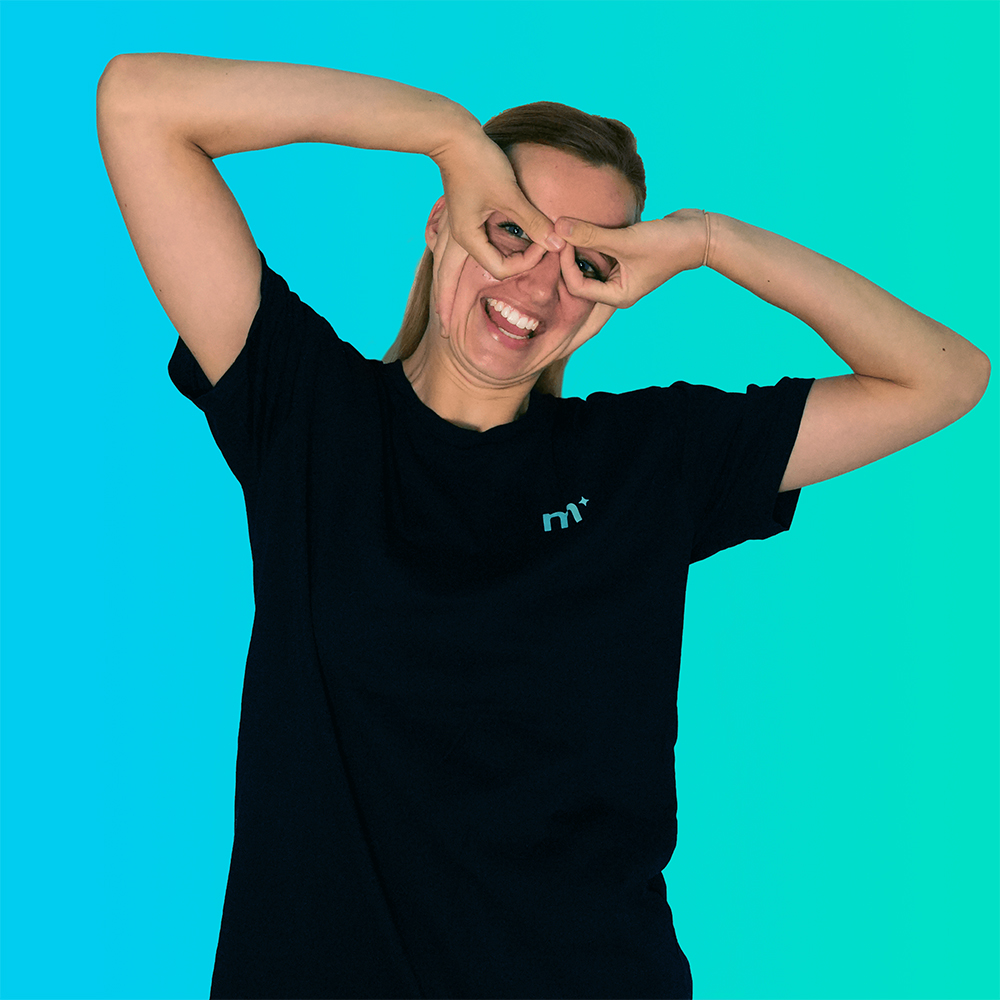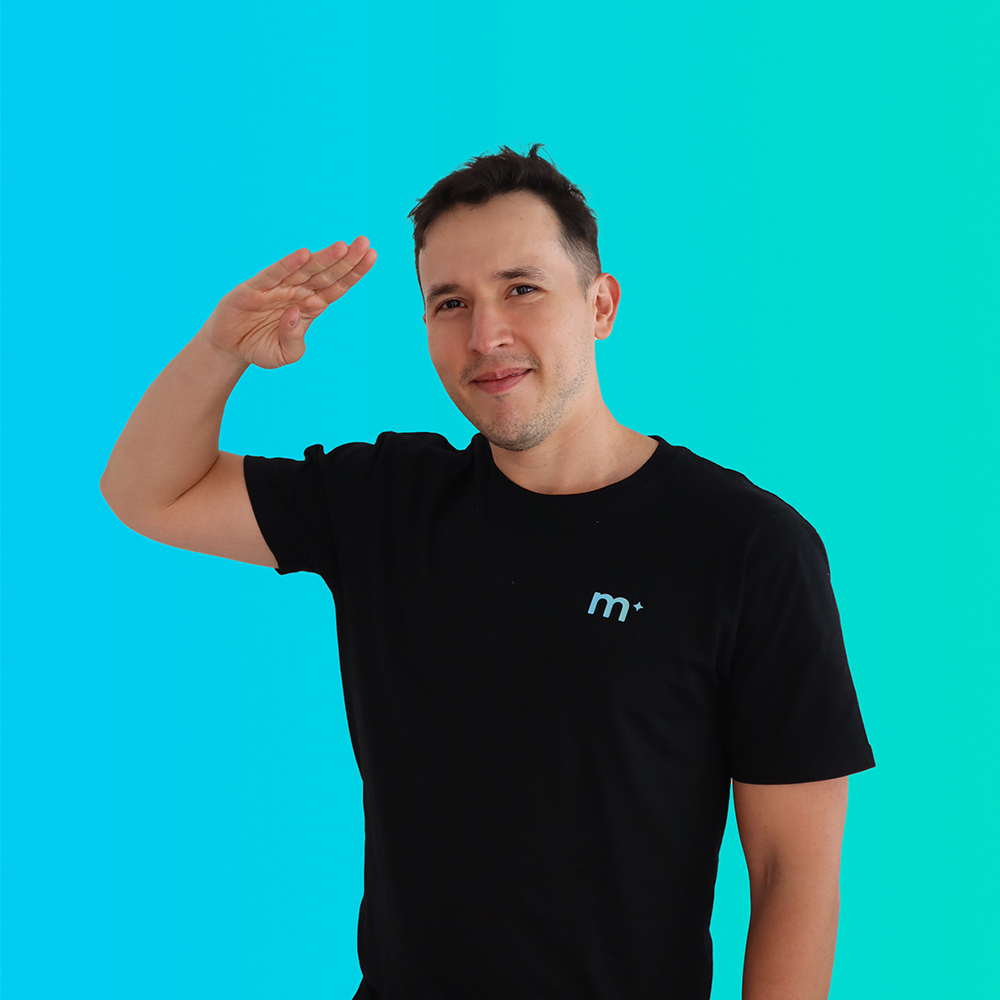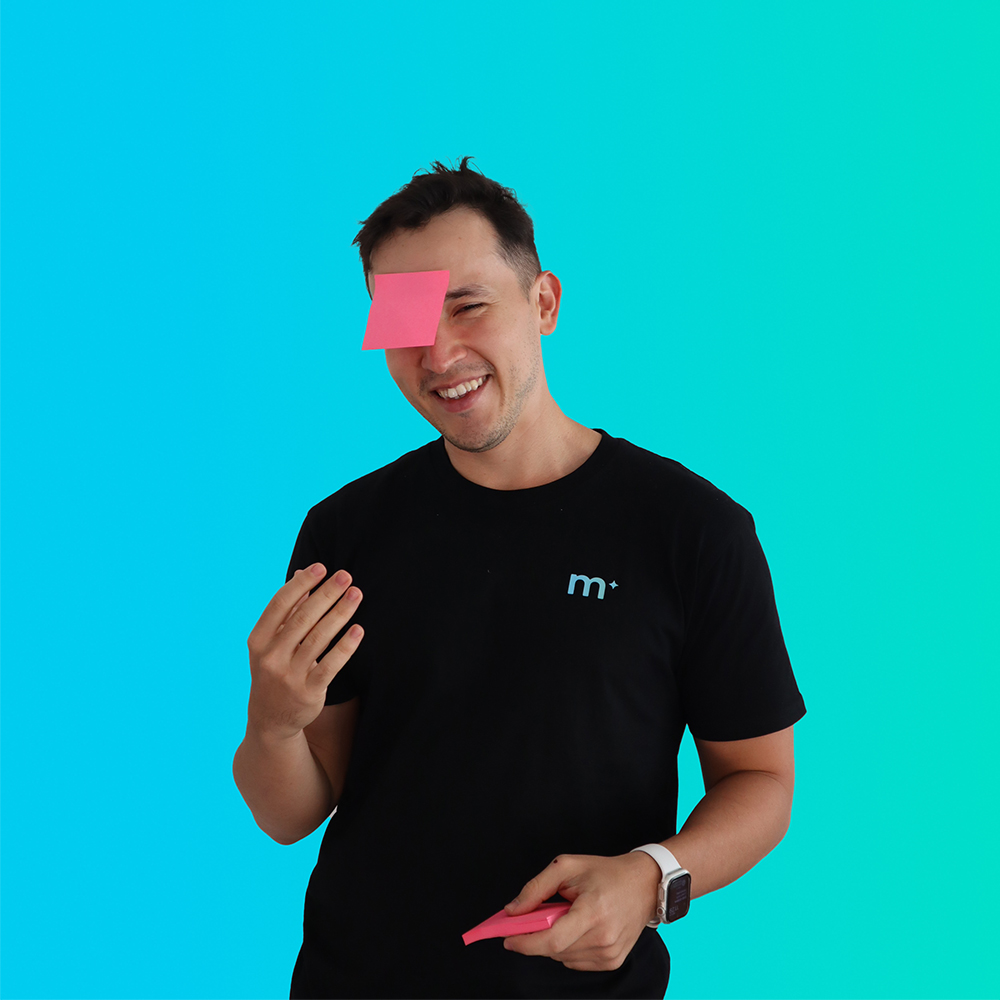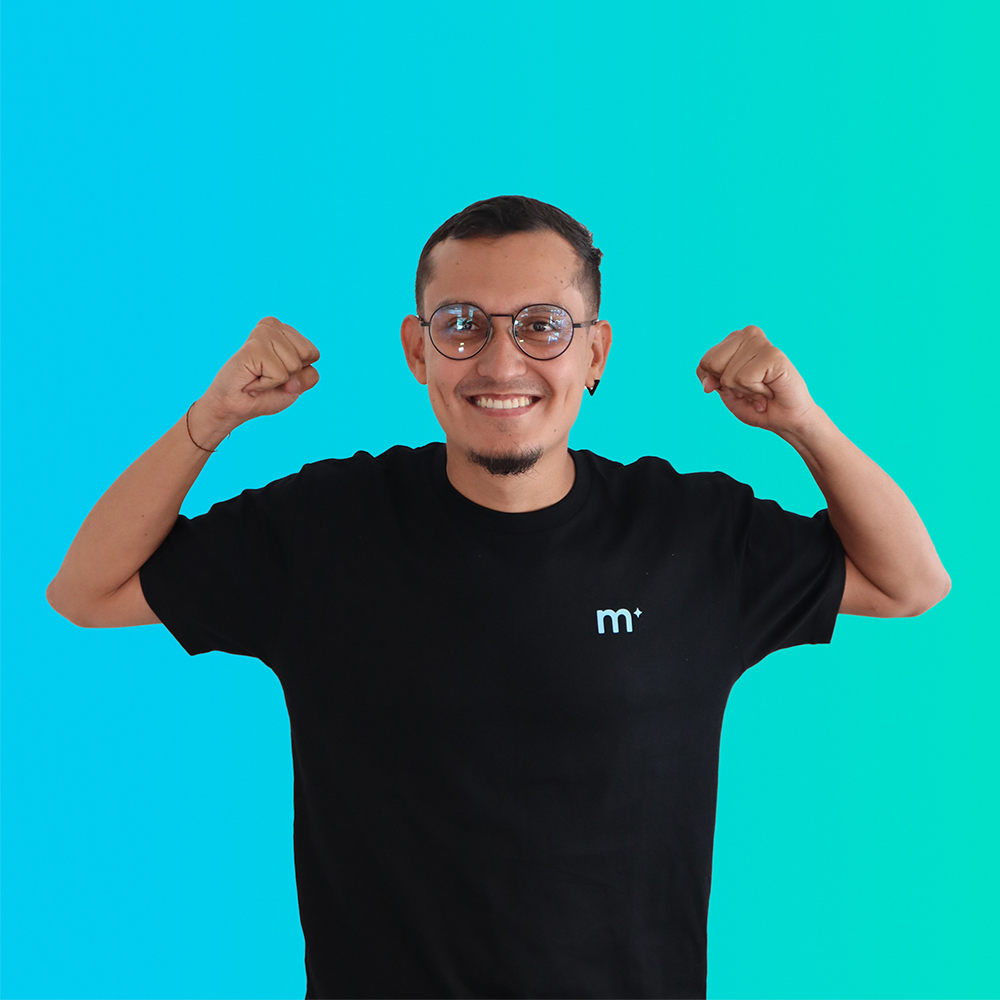Choosing a specific graphic design style can go a long way when it comes to building and maintaining a brand’s identity. It all goes beyond aesthetics, serving as a visual language that communicates the brand’s personality, values, and promises to its audience.
While you may be drawn to a particular design that you prefer to use in your business, it is important to remember that your taste alone is not always a good deciding factor to rely on. Let’s explore some of the factors that may influence your decision and help you make a better choice.
How will graphic design impact your brand?
Choosing between different graphic design styles to use in communication for your business goes way beyond looking cool. It plays a crucial role in branding and effective communication for several reasons.
Brand Recognition
A consistent graphic design style helps in creating a strong and recognisable visual identity for a brand. This includes elements such as logos, colour schemes, typography, and imagery. When these elements are consistently applied across various communication channels, they contribute to immediate brand recognition.
This means your customers will be able to identify you quickly without having to think too much. The easier it is for our brains to process a visual element, the higher the likelihood it will attract our attention.
Memorability
A unique and well-crafted graphic design style makes a brand more memorable. People are more likely to remember a brand that has a distinctive visual presence.
For example, Coca-Cola’s distinct red and white logo and the classic contour bottle shape are unforgettable. This memorability is deeply embedded in consumers’ minds, enhancing the brand’s longevity.
Differentiation
In a crowded marketplace, a brand needs to stand out. A distinctive graphic design style helps a brand differentiate itself from competitors. This can involve creating a unique visual language that sets the brand apart and communicates its values and personality.
Being different doesn’t necessarily mean more work. For example, Apple’s minimalist and sleek logo design sets it apart in the tech industry. The visual simplicity communicates innovation and sophistication, clearly distinguishing Apple from competitors.
Professionalism and Credibility
Consistency in graphic design conveys professionalism and builds credibility. When consumers see a brand that maintains a cohesive and polished visual identity, it instils trust. It suggests that the brand is reliable and pays attention to detail.
IBM is a great example of a business that consistently uses a clean and professional design style, reflected in its logo, website, and marketing materials. This visual uniformity conveys a sense of reliability and professionalism, reinforcing IBM’s standing as a trusted and established company.
Emotional Connection
Graphic design has the power to evoke emotions. The use of colour, imagery, and design elements can create a specific mood or feel associated with the brand. This emotional connection can strengthen the relationship between the brand and its audience.
Starbucks’s brand image, for example, creates an emotional connection through its warm and inviting design elements. The use of earthy colours, cozy interiors, and the iconic mermaid logo contributes to a brand image that extends beyond coffee. Customers feel a sense of comfort and familiarity, fostering a strong emotional connection.
Communication of Brand Values
Graphic design allows brands to communicate their values and messaging visually. For example, environmentally conscious brands might use earthy colours and sustainable imagery to convey their commitment to the environment. The design style becomes a visual representation of the brand’s ethos.
Patagonia, for example, is an environmentally conscious brand that incorporates nature-inspired imagery and sustainable design elements in its graphics. This visual language communicates the brand’s commitment to environmental stewardship, appealing to consumers who prioritize eco-friendly practices.
Minimalist design
Minimalistic design emerged in the mid-20th century as a reaction against the ornate and elaborate styles that preceded it. Originating in the art world, this design philosophy advocates for simplicity, emphasizing clean lines, ample whitespace, and a focus on essential elements. Pioneered by influential artists like Mies van der Rohe and the Bauhaus movement, minimalism found its way into graphic design, architecture, and product design.
Its enduring appeal lies in its ability to communicate a sense of elegance and clarity. In the realm of graphic design, the Apple brand exemplifies minimalism with its sleek product designs and straightforward marketing materials. The Swiss Style, with its emphasis on grid systems and typography, is another notable example. Minimalistic design is not just an aesthetic choice but a deliberate approach that distils the essence of a message or product, making it a powerful and timeless style in the design landscape.
Art Nouveau design
Art Nouveau, a design movement that blossomed in the late 19th and early 20th centuries, represented a departure from the rigidity of preceding artistic styles. Originating in Europe, particularly in cities like Paris and Brussels, Art Nouveau sought to celebrate the organic and the ornate. Characterized by flowing lines, intricate patterns inspired by nature, and a fascination with curved forms, Art Nouveau aimed to bring artistic expression into everyday life. Influential artists such as Alphonse Mucha and architects like Victor Horta played pivotal roles in shaping this style.
In Australia, Art Nouveau left its mark on architectural elements, decorative arts, and graphic design. The movement’s emphasis on the harmonious integration of art and nature, evident in swirling floral motifs and graceful curves, is beautifully showcased in iconic works like stained glass windows and intricate jewellery pieces. Art Nouveau’s influence endures, leaving a legacy that continues to captivate with its romantic and organic design language.
Art Deco design
Art Deco, a prominent design movement that flourished during the 1920s and 1930s, marked a departure from the intricacies of earlier styles. Originating as a response to the ornate Art Nouveau, Art Deco is characterised by its bold geometric shapes, lavish ornamentation, and a sense of luxury. Influential figures like Erté and Tamara de Lempicka played key roles in shaping this opulent aesthetic.
The movement found expression not only in fine arts but also in architecture and product design. Notable examples include the iconic Chrysler Building in New York City, with its sleek metallic spire and intricate detailing, epitomising the marriage of form and function. Art Deco’s allure extends to graphic design as well, with its use of streamlined shapes and bold colour contrasts. The enduring legacy of Art Deco is evident in contemporary designs that draw inspiration from its glamorous and sophisticated visual language, making it a timeless and influential style in the broader design landscape.
Scandi Design
Scandinavian design, emerging in the mid-20th century, stands as a testament to simplicity, functionality, and a connection with nature. Originating in the Nordic countries, this design philosophy embraces clean lines, minimalism, and a focus on practicality. Influential designers like Arne Jacobsen and Alvar Aalto have played pivotal roles in shaping the Scandinavian aesthetic. The movement not only influenced furniture design but also extended its impact on architecture and everyday products. Notable examples include the iconic Egg Chair by Jacobsen and Aalto’s innovative bentwood furniture.
Scandinavian design’s appeal lies in its ability to create warm, inviting spaces that prioritize comfort without sacrificing style. The enduring legacy of this design style is evident in contemporary interiors worldwide, with its neutral colour palettes, natural materials, and an emphasis on creating functional yet aesthetically pleasing environments.
Typographic design
Typographic design, rooted in the principles of simplicity and functionality, embodies a unique blend of form and legibility. Emerging from the Nordic design ethos, this style places a strong emphasis on clean, sans-serif typefaces, ample whitespace, and a harmonious balance between text and negative space. Influenced by renowned designers such as Erik Spiekermann and Ole Søndergaard, the Scandinavian typographic design prioritizes clarity and readability, often favouring minimalistic layouts.
The use of natural elements, such as organic shapes and subtle textures, further distinguishes this style, creating a visual language that is both modern and timeless. Notable examples include the typographic branding of Scandinavian brands like IKEA and Volvo, where the careful selection of fonts and minimalist composition contribute to a cohesive and aesthetically pleasing visual identity.
Rustic design
Rustic typographic design, reminiscent of bygone eras and rural aesthetics, captures a nostalgic charm through its choice of fonts, textures, and layout. Rooted in simplicity and a connection to the past, this design style often features handcrafted and weathered typefaces that evoke a sense of authenticity.
Drawing inspiration from traditional craftsmanship, rustic typography embraces imperfections, uneven lines, and distressed elements, adding character and warmth to the overall composition. Influenced by vintage signage and artisanal techniques, designers in this style aim to create an atmosphere of familiarity and a rustic, down-to-earth appeal.
Notable examples include the use of rustic typography in artisanal products, farm-to-table branding, and vintage-inspired packaging, where the deliberate choice of fonts and design elements contributes to a rustic and artisanal aesthetic. In essence, rustic typographic design embodies a timeless and wholesome quality, transporting viewers to a simpler, more rustic era through its carefully curated visual language.
How to choose between different styles of graphic design?
Now you understand the importance of choosing the right style, as well as the strengths of different graphic design styles. It’s time to learn how to choose the right option for your business.
This is how you can start:
1. Define Your Brand Identity
Begin by precisely defining your brand identity. Pinpoint your brand values, articulate its personality, and craft a message that resonates with your audience. The key to cultivating brand appeal lies in comprehending your audience’s preferences and establishing a brand identity that genuinely connects with them.
2. Know Your Audience
Creating an effective graphic design is akin to an artist understanding their canvas. In this case, your canvas is your target audience. Different strokes resonate with different demographics, so consider the unique preferences, tastes, and expectations of your audience when choosing a graphic design style. Just as an artist selects colours with intention, align your design choices with what speaks powerfully to your audience.
3. Research Competitors
Study your competitors’ graphic design styles. Don’t copy, but use it to grasp the visual landscape in your industry. Strive to stand out while making sure your design is both competitive and relevant. For instance, if competitors lean towards modern and sleek visuals, consider incorporating unique elements or a distinctive color palette to set your brand apart while still staying in tune with industry trends.
4. Consider Industry Trends
Stay updated on the latest design trends in your industry and beyond. Don’t just follow trends blindly, but use them strategically to make your brand look modern and relevant. For example, if clean and simple designs are in vogue, consider incorporating a minimalist approach to give your brand a fresh and timeless appeal. This way, you not only stay current but also add value to your brand by presenting it in a way that resonates with contemporary aesthetics.
5. Evaluate Design Elements
Pinpoint essential design elements like colors, typography, imagery, and layout that match your brand’s identity. Think about the overall style you want—minimalist, bold, traditional, modern, or vintage. Each style communicates a distinct mood and message. For instance, if you’re aiming for a modern look, opt for sleek typography and a minimal color palette. This intentional choice not only reflects your brand cohesively but also adds significant value by conveying a specific tone and message to your audience.
6. Think About Functionality
Think about how practical and functional your chosen design style is. Make sure it can be consistently applied across different mediums and platforms, whether it’s digital or print. This ensures a cohesive brand presence that adds significant value. For instance, if your design style includes intricate details, consider how well these details translate across both your website development and printed materials. This way, your brand maintains a professional and uniform appearance, offering practicality and functionality across diverse channels.
7. Get Feedback
Before finalising your design style, gather feedback from stakeholders, employees, and, if possible, your target audience. This can provide valuable perspectives and insights that you may not have considered.
Remember that your graphic design style is an integral part of your brand identity and should be consistent across all touchpoints. It’s a visual representation of your company, so choose a style that effectively communicates your values and resonates with your audience.





































































